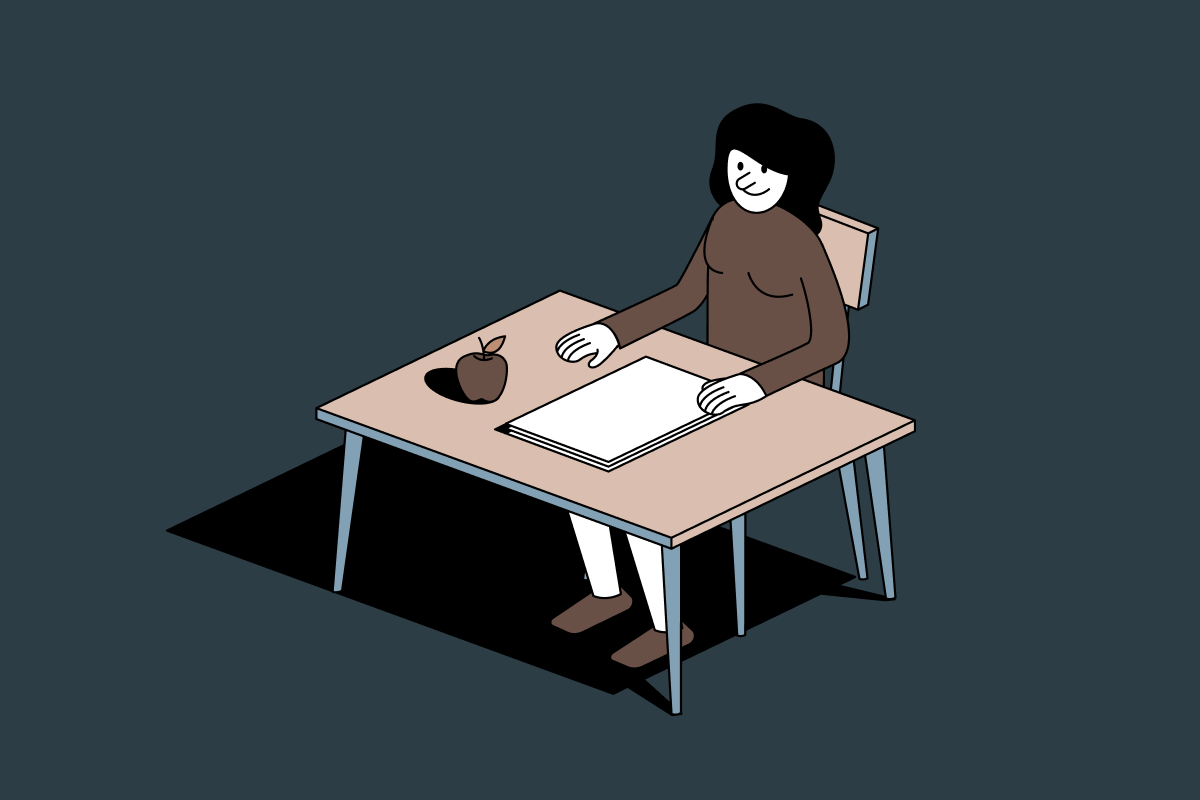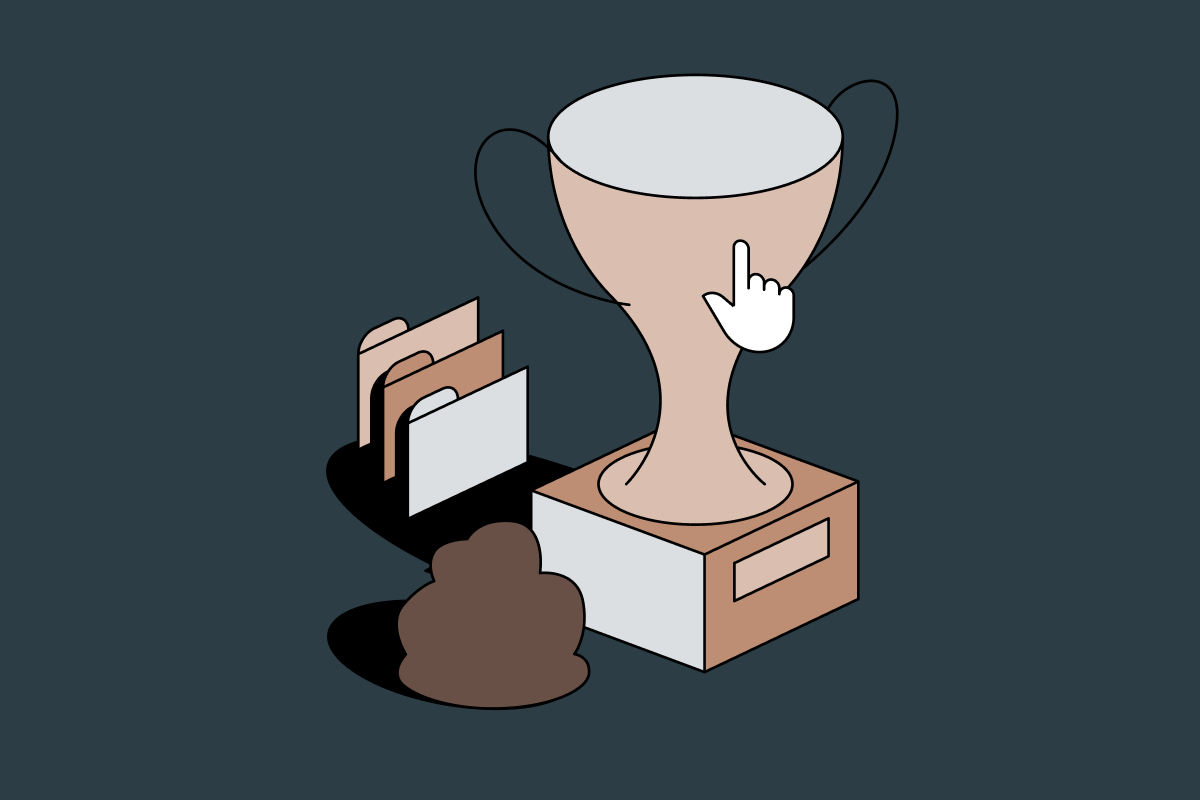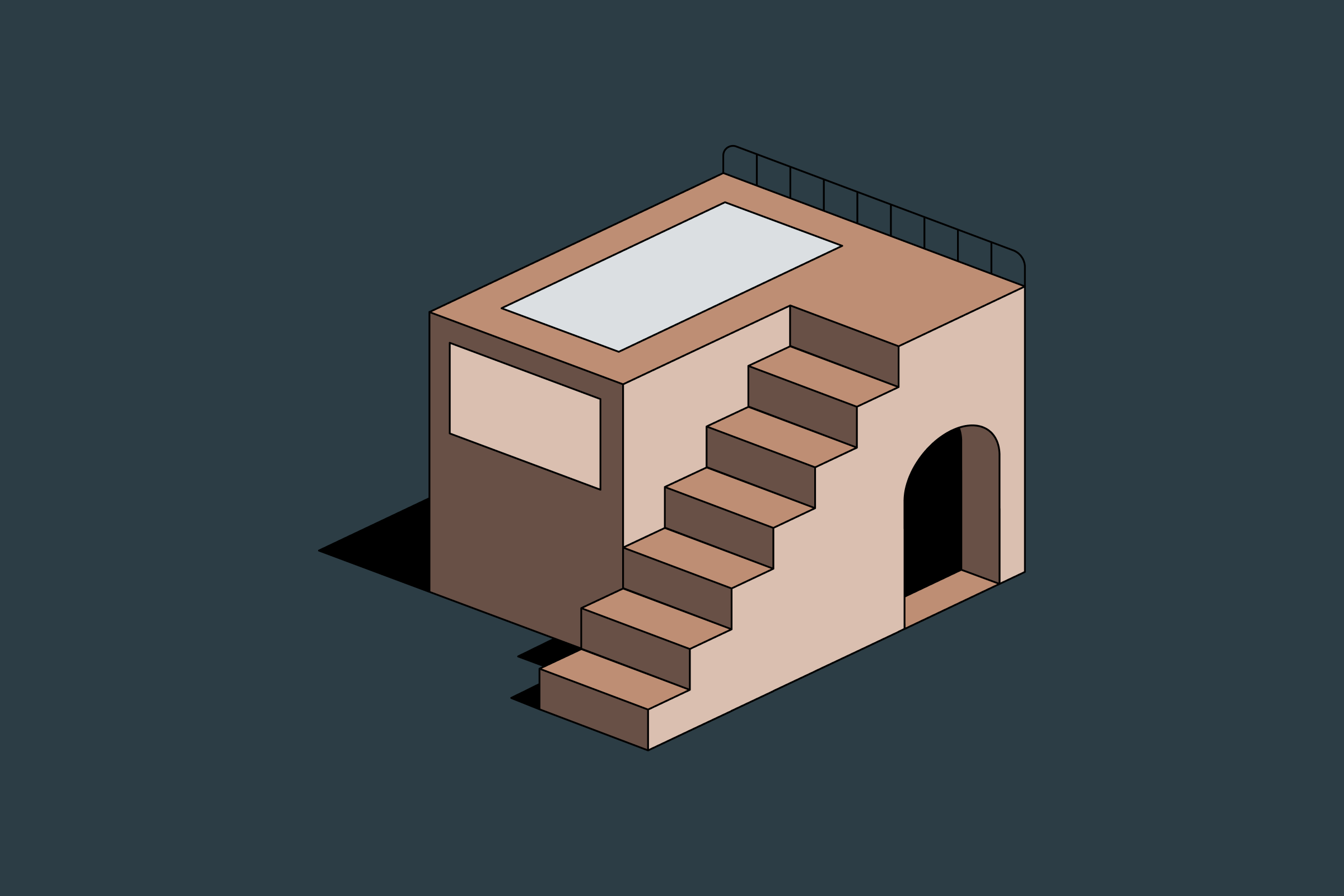Presentation is everything. Even the best design work can have a weak impression if presented poorly. The opposite is also true, though. Your portfolio is an opportunity to take control and create a story. To show your value and expertise. But creating a design portfolio can feel like never-ending work.
Your case study should show as best as possible why you are the right choice over anyone else, so looking and talking like everyone else is not doing you any favors. Your design portfolio needs to picture your strengths and show why you’re the right choice over other designers. Here are some important things to address in your portfolio.
Show the work you want to do
When it comes to crafting your case study think about something that you actually enjoy doing, not everything that you’ve done so far. Look for the projects that represent the type of work you want to do in the future. The whole goal of the case study is to show what you’re capable of doing and if there’s a match with what your client or recruiter wants to do.
Show off work you're proud of and scrap projects that no longer match your skills.
Consider your portfolio personas
Start with thinking about the image you want to create with your portfolio and what’s even more important – the person reading your case studies.
Usually, the first person to scan your portfolio is a recruiter. His job is to source qualified candidates and present them to the hiring manager. They’re reviewing your case studies armed with required skills, years of experience, some keywords, and maybe specific industry experience. Your goal is to convince that person that you’re the right pick for the job they have.
They don’t have a lot of time, are busy, and drowning in candidate profiles. You need to have a strong first impression so they would stop and spend more time looking through your portfolio before making a decision to contact you.
Focus on what’s important
Start with the main point of your story first. What’s really important and cool about your piece of work? Right down these story anchors and keep it brief. Nobody really reads long case studies, people just scan them, look at images and make a decision. Save an in-depth review of your design process for the on-site.
Maybe the client is a really big one, or your work had a massive impact? Make sure it’s properly highlighted in your case study. Don’t bother following a standard ‘challenge, user journey, sketch, results’ formula – make your own that works for you.
Also, no product designer is the same - everyone has different strengths and areas of interest in the design process. What are your strengths? This is a competitive advantage that sets you apart and an opportunity to highlight unique role-relevant expertise.
Provide context for the project
Project context is incredibly important when it comes to evaluating your expertise.
It helps to describe what industry your company operates in and what challenges it faces. Why you’ve started this project in the first place? Summarizing that in a few sentences is a little effort that goes a long way. What was your role and area of responsibility you were hired to do? Mention the roles you played, especially if you went above and beyond the initial scope.
Last but not least, who were you working with? Give them a credit and mention this explicitly.
Visuals are the core of your case study
People scan, they don’t read. Keep it brief and get to the point. You need to capture your reader’s attention, as most likely they would be looking at your case study for less than a minute. How to do that? Start with story structure and key points, then support it with visuals and add more text content where needed. Don’t write too many details and remember that you would have an interview for a full project overview.
A UI is like a good cover for your book, aesthetically pleasing presentation would always get people’s attention, it sells. Think of your project presentation as a project on its own and dedicate enough time to make it. For some projects, I spend 20+ hours just making a decent presentation.



